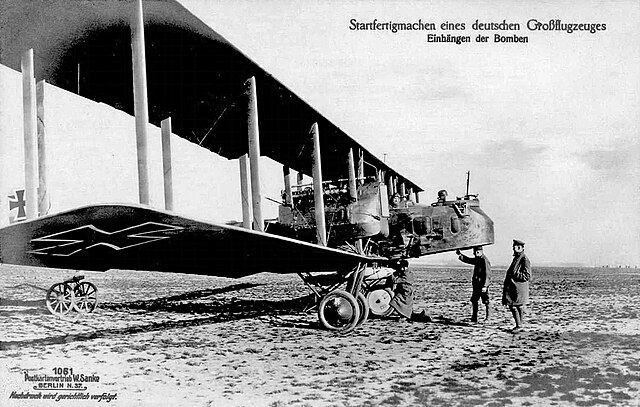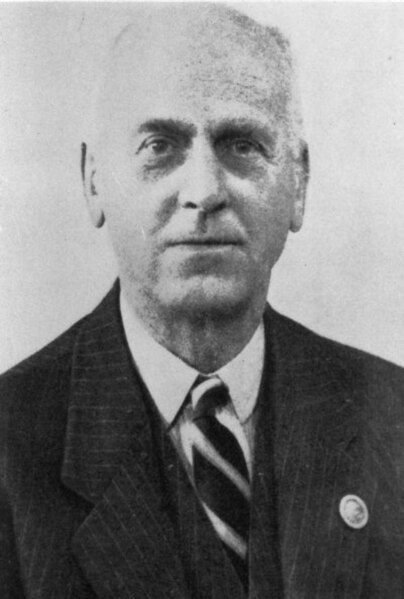United Kingdom Warning and Monitoring Organisation
The United Kingdom Warning and Monitoring Organisation (UKWMO) was a British civilian organisation operating to provide UK military and civilian authorities with data on nuclear explosions and forecasts of fallout across the country in the event of nuclear war.
UKWMO Emblem-of-Arms
WB1401 warning receiver in a former local authority control centre
ROC post observers in an underground monitoring post during a Cold War training exercise. The BPI dial can be seen in the background with a teletalk, FSM radiac instrument and a WB400 receiver on the desk
The Royal Observer Corps (ROC) was a civil defence organisation intended for the visual detection, identification, tracking and reporting of aircraft over Great Britain. It operated in the United Kingdom between 29 October 1925 and 31 December 1995, when the Corps' civilian volunteers were stood down. Composed mainly of civilian spare-time volunteers, ROC personnel wore a Royal Air Force (RAF) style uniform and latterly came under the administrative control of RAF Strike Command and the operational control of the Home Office. Civilian volunteers were trained and administered by a small cadre of professional full-time officers under the command of the Commandant Royal Observer Corps; latterly a serving RAF Air Commodore.
A Gotha G.V of the Luftstreitkräfte
Air Commodore Edward A D Masterman, first Commandant of the Observer Corps, (wearing Observer Corps tie and lapel badge)
The signatories to the Munich Agreement.
An Observer Corps Spotter on a rooftop in London.







